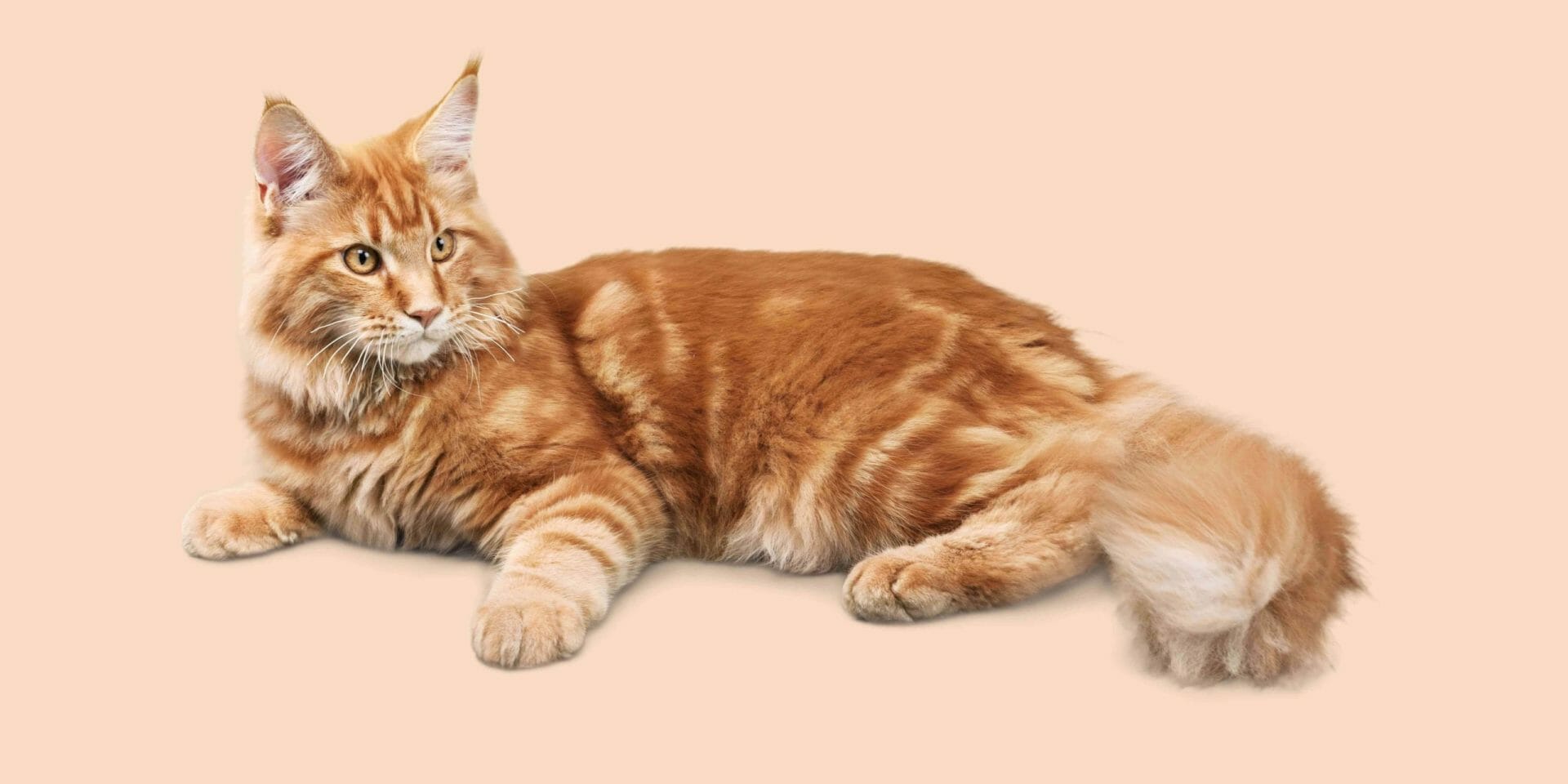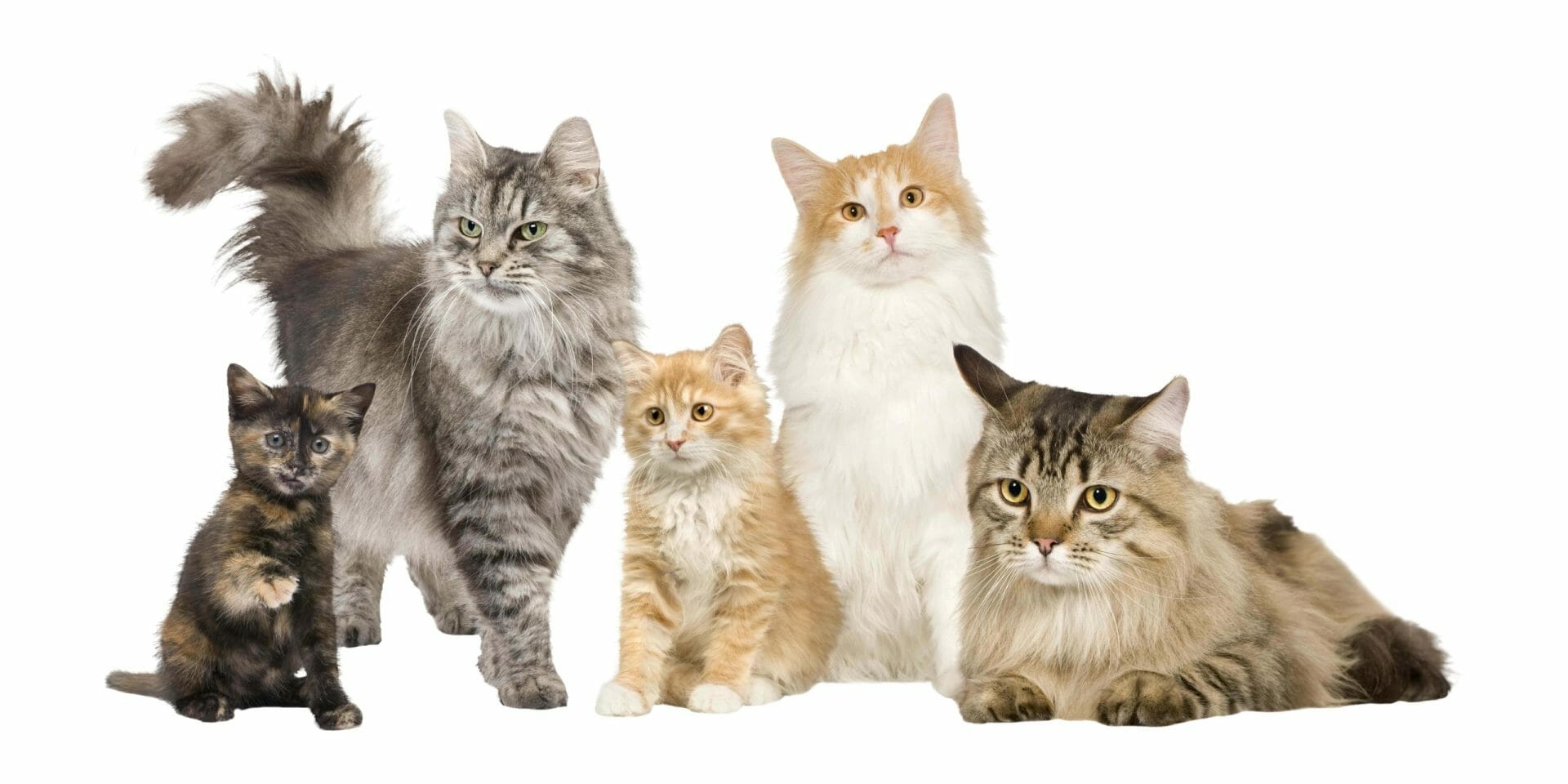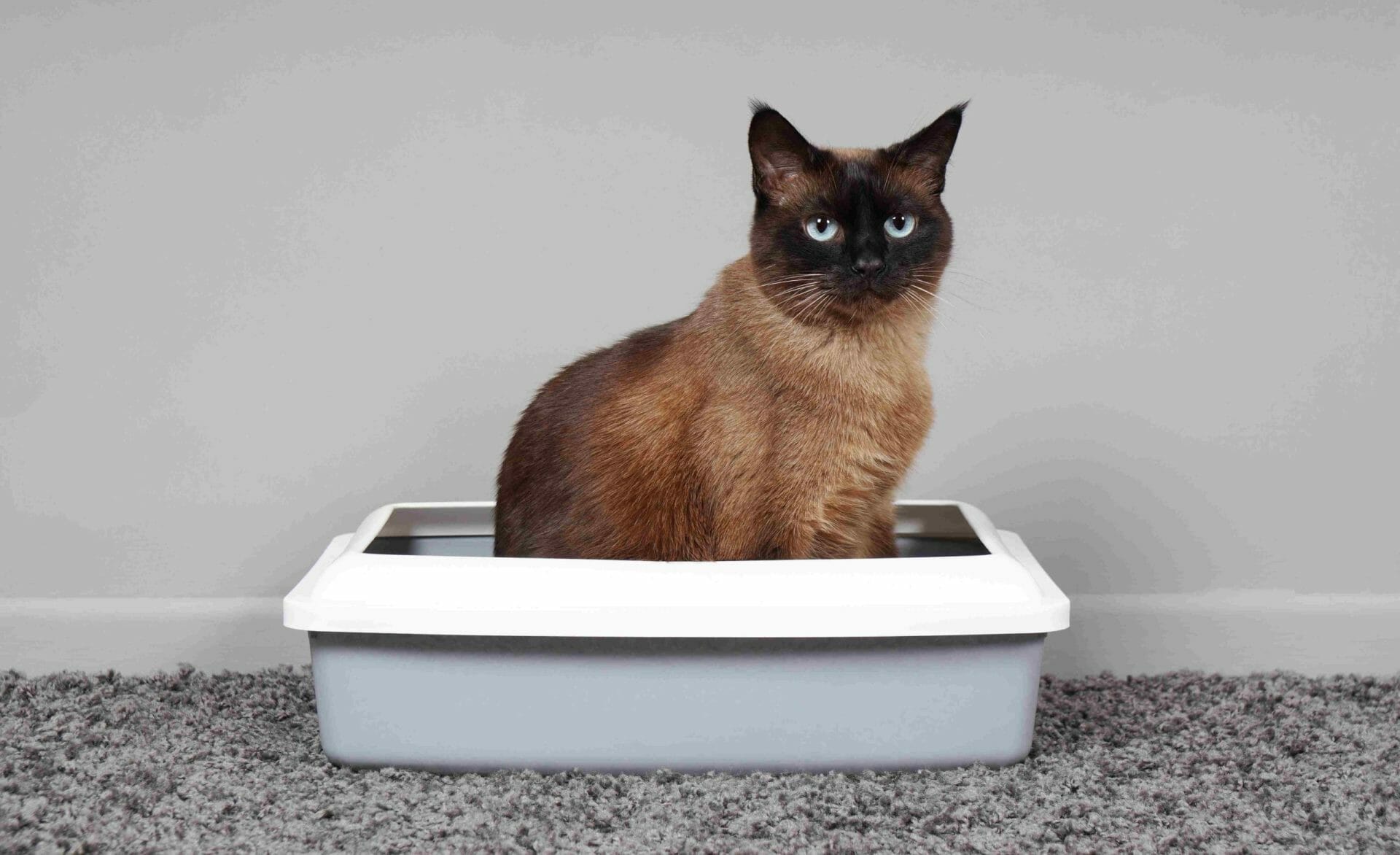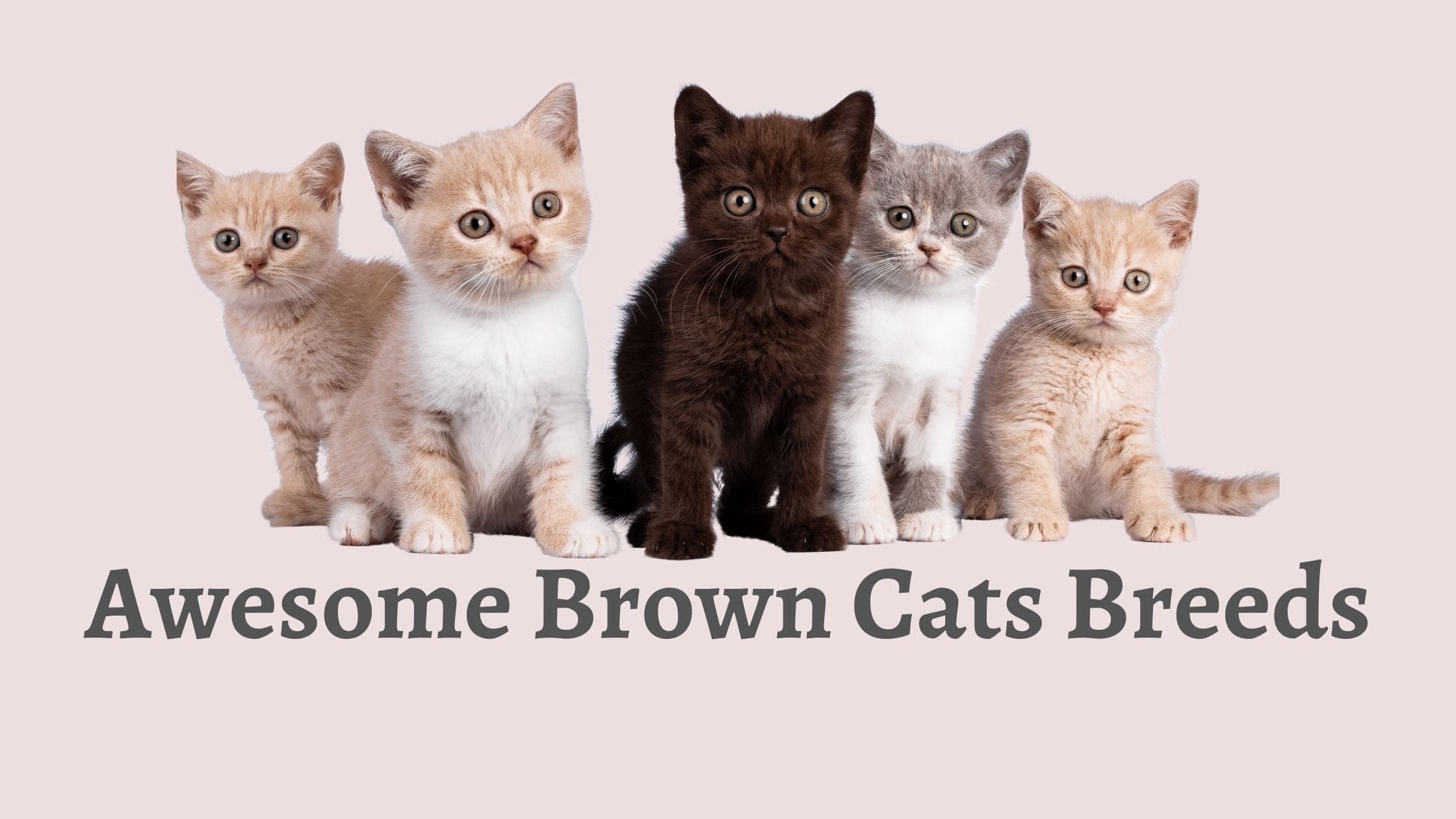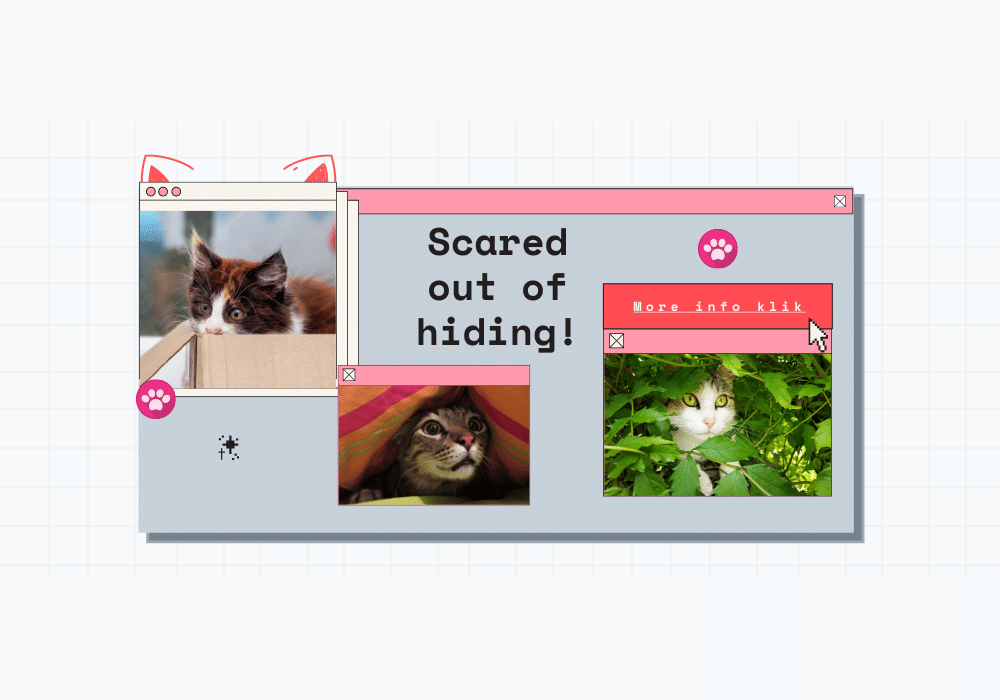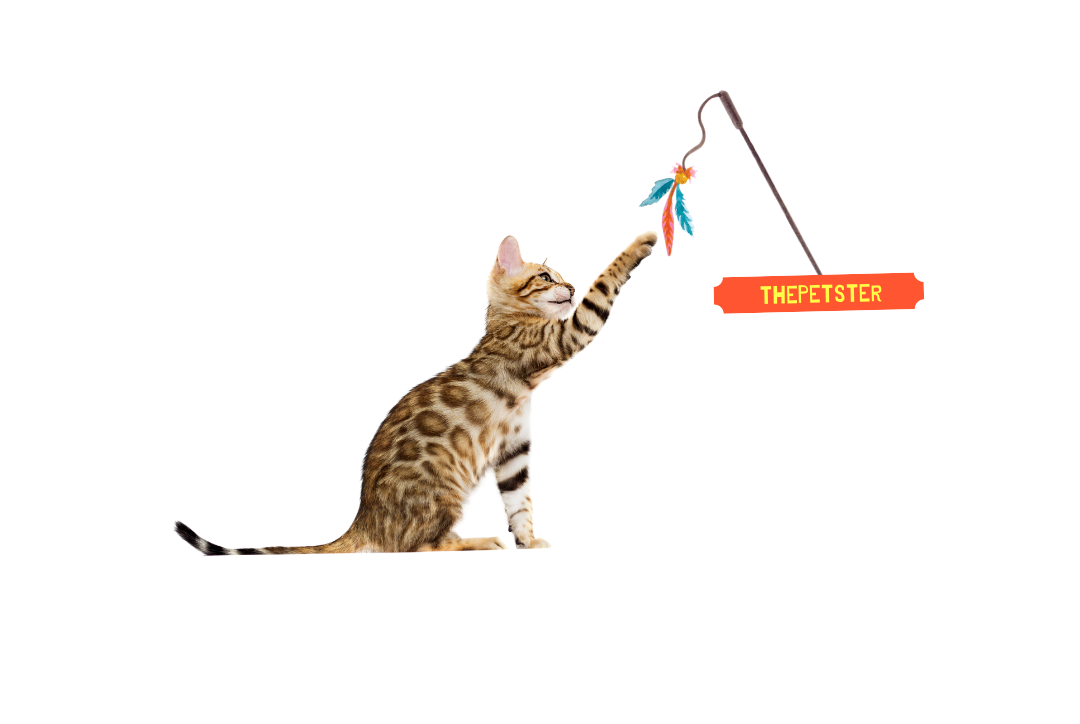Why Do Cats Chase Their Tails? (The Fact May Surprise You)
There are behaviors of our cats that we find curious, even funny. One of them could be this: that the feline begins to spin like crazy while he tries to chase his tail. And although it catches our attention, some owners are concerned about this way of acting for their animals.
Is it Normal for My Cat to Chase his Tail?
Yes and no. It is normal for him to do so, as it is within his own feline behavior, but it is a situation that we must monitor because if there are problems or signs of damage to the tail, we will have to intervene. We refer to the absence of hair on the tail, scratches or blows, wounds caused by furniture and walls or by the cat’s teeth, and even mutilations caused by the game itself or by the animal.
Therefore, it is a characteristic of these animals that responds to their own character. Still, it can become an obsession and affect the cat’s health. Therefore, if the appearance of the tail is normal and there are no wounds or bald spots, we will let him act calmly; that is, we will let the tail be chased as long as he wants.
Of course, we should mention it to the veterinarian in the next visit, as this professional will examine if there is a problem in the anus, an allergy, or excessive itching due to the presence of fleas. If the specialist confirms that the animal is healthy, we do not have to worry about this unique behavior.
But Why is the Tail Being Chased?
As we have already advanced, it is in the feline nature itself. We must remember that cats have the hunting instinct in their genes and chasing the tail is within their behavior as a hunting animal. On the other hand, they also do it as part of a game. Cats are animals that seem isolated from the world, calm, but also bored or stressed. Chasing the tail is a game with which they manage to entertain themselves or calm their state of nervousness.

Finally, we must emphasize that there are animals that, although it may not seem like it, are more restless than others. Therefore, this behavior is still a way to channel his excess energy. It is also very common in cats that do not have access to the outside, as their life is much more leisurely and carefree, so this game provides them with a bit of action.
If we want to reduce these acts, either because the animal has become obsessed, or because it hurts himself during the game, the ideal is that we dedicate time to the cat. Let’s play with him, let’s take him for a walk, let’s pamper him, etc. There are times when this behavior denotes a wake-up call because they remain alone for a long time. Spending time with our pets reduces stress levels, helps release energy, and ends boredom.
Other Reasons
For young kittens, tail chasing can be seen as exploratory behavior, while in adult cats we must see if it is compulsive or psychological behavior. The common reasons why this disorder appears are:
- He needs to socialize more.
- Travels, home moves, and changes in his life.
- He needs more stimulation
- Bad experiences or trauma.
- Stress and fear.
Why Do Cats Wag Their Tails while Lying Down?
The tail of cats can tell us many things depending on their movement, i. e., it gives us information about the emotional state of our cat. In the event that our cat is lying down and begins to wag his tail, it is a good sign, it means that he is calm. Pay attention if, while gently wagging his tail, he also purrs.
If the kitten is lying down and wags his tail abruptly while maintaining a surprising look with large eyes, it may be that he is getting ready to play or wants to play. However, if he wags his tail while lying down and you approach him and he leaves, he may be a bit stressed or upset. The important thing is to know how to differentiate how the cat moves his tail since depending on which direction they do it, they may be saying that they do not feel well and for that, you should read the next section.
Different Positions of Cat Tails and what they Mean?
Along with the eyes and whiskers, the tail is one of the most characteristic features of felines and also fulfills an important mission. Thanks to it they are able to relate and communicate both with their environment and with human beings. Learning to master and interpret a cat’s body language is only a matter of time and deciphering the mood behind its different movements and positions. These are some of the most common:
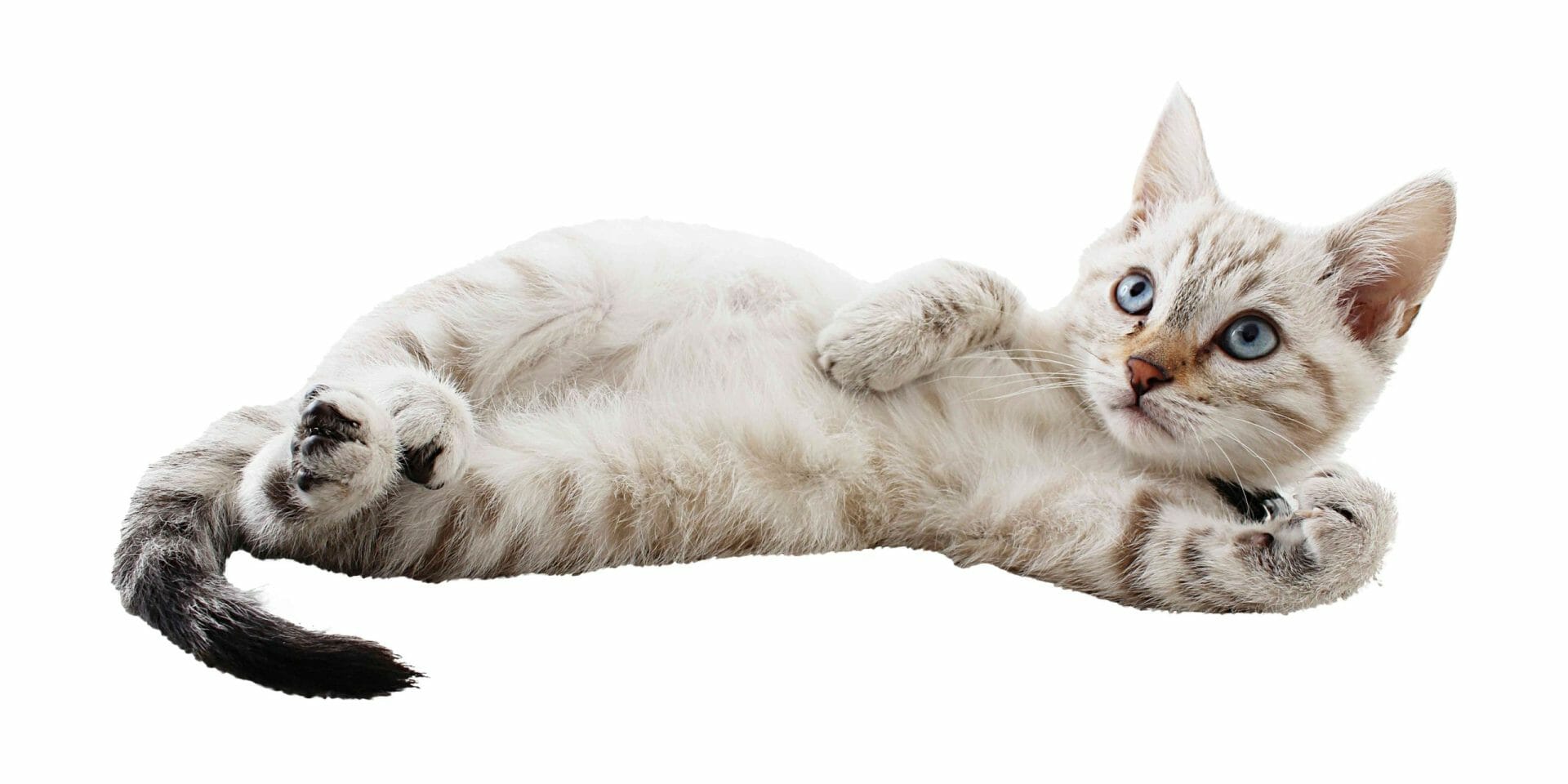
- Vertical or raised tail: If the cat’s tail is in this position, the meaning is very positive. A kitten with a raised tail is happy, confident, has a friendly attitude, and wishes to show his affection to those around him. If, in addition, the tip of the tail is slightly bent, this represents the maximum state of joy.
- Low tail: On the contrary, a stiff tail in a low position means that a storm is coming. The cat thus announces great anger and, beware; it could be the preamble of an aggressive attitude.
- Ruffled tail: When a cat bristles his tail, the volume of his tail grows and in this way, it tries to appear larger to face an enemy or a danger. With this posture, the cat announces his agitation, his anger and confronts those who threaten him or try to frighten him. It is basically a defense posture.
- Tail sweeping the floor: In this case, the meaning can be variable. If the tail wags and, at the same time, brushes the ground, it could indicate that the cat is interested in something or wants to play. It can also be a sign of anger when the movement is accompanied by tapping on the ground.
- Tail with whip motion (side to side): Attention, angry cat. In this case, it is a warning sign. The animal warns that someone does not like or does not tolerate something that is happening around him.
- Rapid movement of the tip of the tail: The cat will always react with this movement to a pleasant stimulus that produces great emotion: our arrival home, something that is attractive to him, etc.
- Hidden tail: If the kitten hides the tail or rolls it under his body, it means that he is afraid and that something or someone is causing it. Also, he might want to convey disappointment at not having accomplished something. As a general rule, the lower the tail, the lower the feline’s mood.
- Swinging tail: A tail that sways from side to side with slow, smooth, and deliberate movements generally indicates that the cat is calm and focused on something. This attitude used to be common in cats when they want to bring out their most hunter side.
- Tail with vigorous movements: If, on the other hand, the cat’s tail moves strongly forward and backward, it can mean a mixture of fear, aggressiveness, and anger. Be very careful because the next move could be to bite or scratch. The faster he wags his tail, the more disgruntled he will be.
When Should We Worry?
Cats can be obsessed with this behavior becoming a problem for them. If you see him doing it all the time, every day, and you can’t change it by making him play or other activities, then is important to see the root of the problem to be able to help your cat.
Serious Cases
As mentioned above, if you notice that your cat’s tail is bleeding, missing hair or other abnormalities after his tail has been chased, you should be alert because it is not normal. These behaviors may be due to neurological or psychological problems and he will need you to take him to a vet as soon as possible.
Sometimes cats can also injure themselves by chasing their tails due to stress or inattention as many cat breeds are very sensitive to loneliness. If the cat is stressed due to loneliness, you should make changes in your daily routine to help your cat feel better, if you can, adopt another kitten or leave him with someone during the hours that you will not be with him to alleviate the stress.
The best option is to consult a veterinarian who is a specialist in animal behavior to help you improve the quality of life of the cat. On the other hand, it should be noted that if you have neglected your kitten in terms of fleas, it may be that his tail is chased because that area is very itchy or it may also be suffering from some osteoporosis problem in that area.
Related Posts
- What Colors Can Cats See? (Everything You Need To Know)
- Why Do Cats Chase Their Tails? (The Fact May Surprise You)
- Why Do Cats Like Fish? (The Fact May Surprise You)
- Keeping Komodo Dragon as Pet (Know All PROS and CONS)
- Why Do Dogs Have Tails? (The Fact May Surprise You)
- Keeping Mink as Pet (Know All PROS and CONS)
- Spider Monkey Pet (Everything You Need To Know)
- Keeping Moths as Pets (All You Need to Know)
- Why Do Dogs Get Hiccups?
- How Long Can a Dog Go Without Eating?
